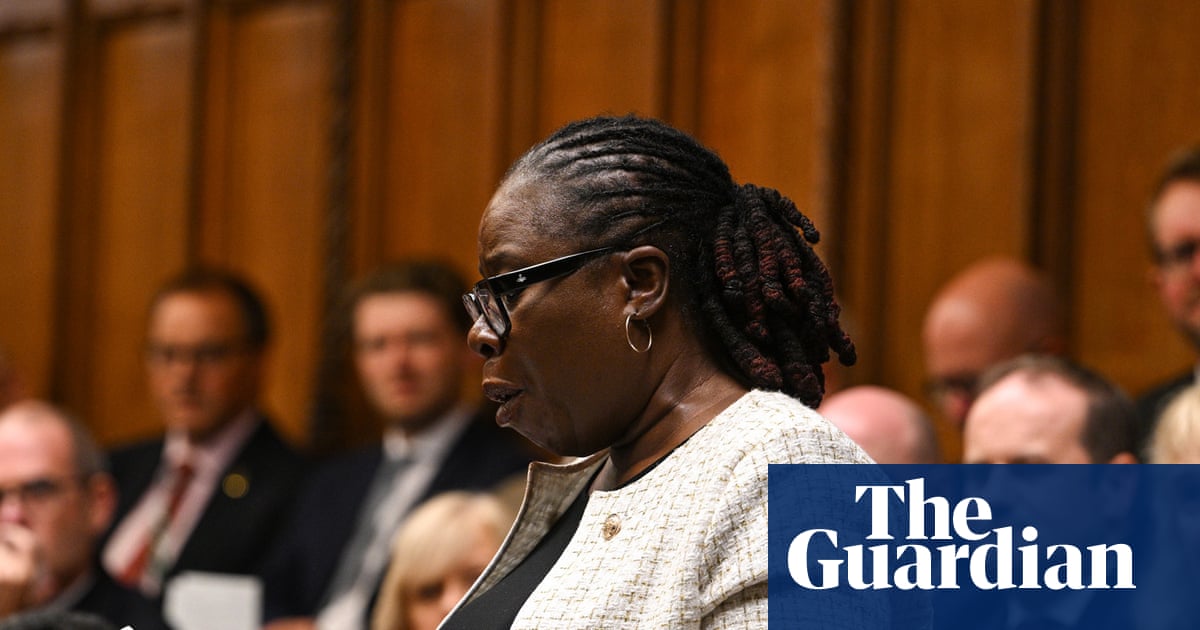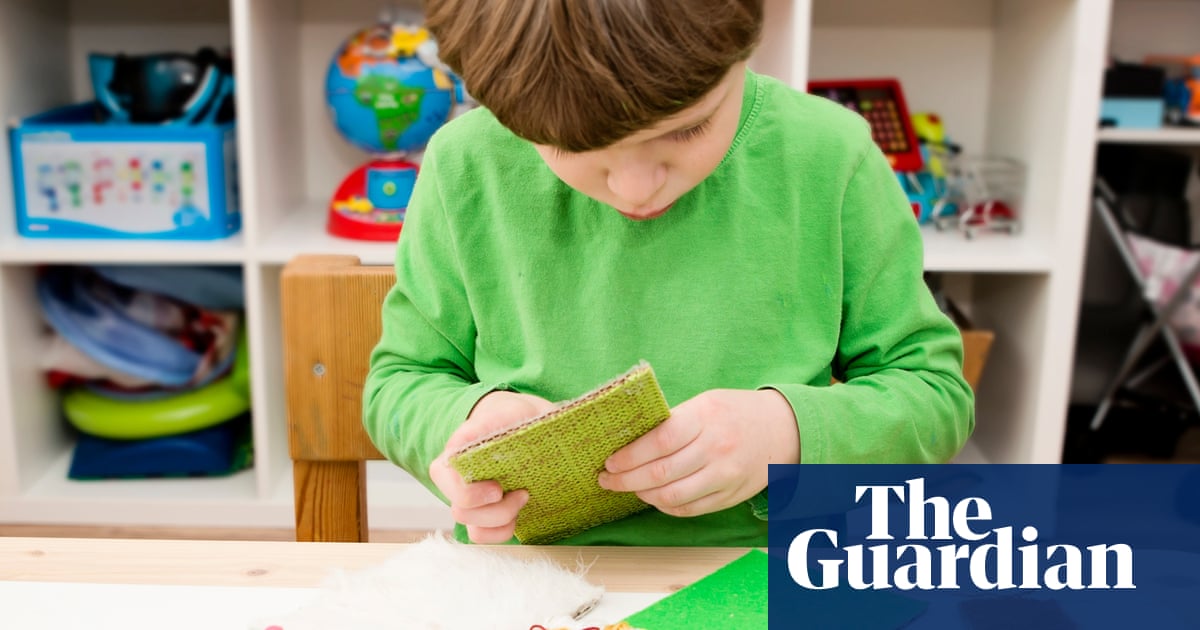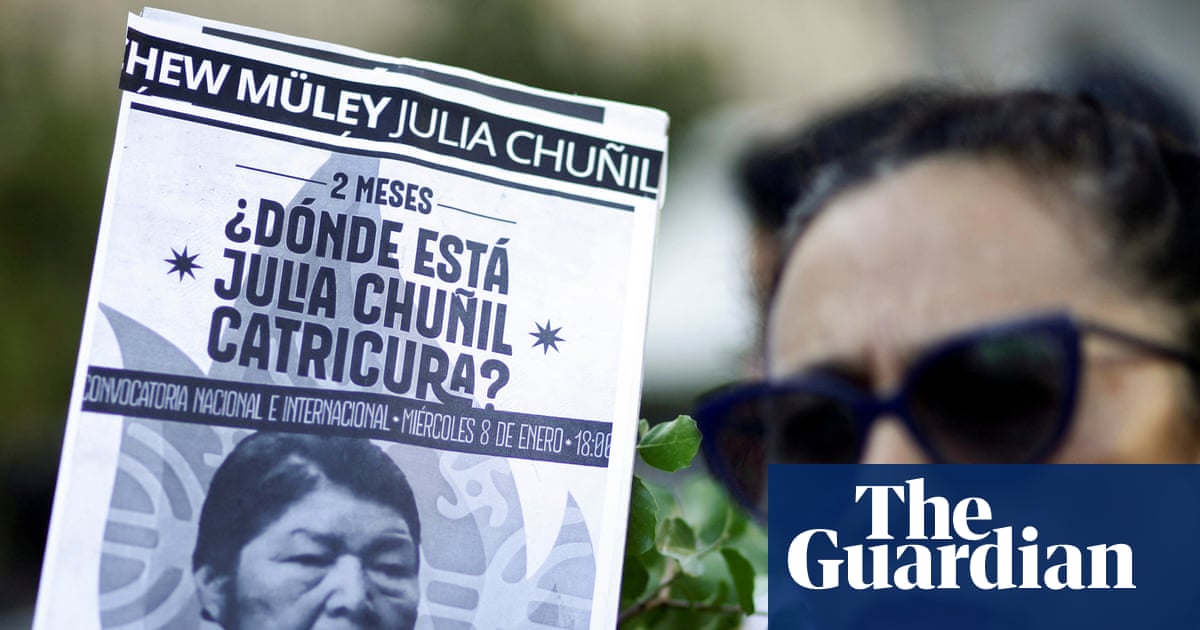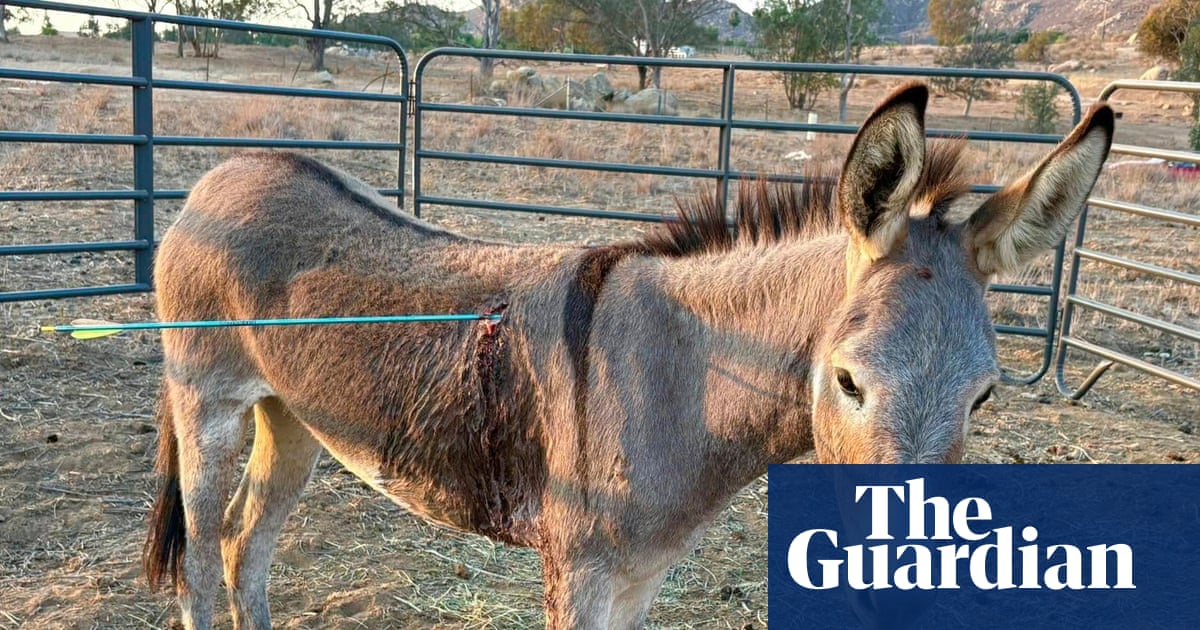Skincare regimes demonstrated by young influencers on TikTok offer little to no benefit, researchers have found, adding that on the contrary they raise the risk of skin irritations and lifelong allergies in children.
The team behind the study say there has been a rise in young girls sharing videos of complex skincare routines with moisturisers, toners, acne treatments and anti-ageing products.
In the first study of its kind, researchers analysed such videos on the plaftorm and found the regimes are not only laborious – some girls wake up as early as 4.30am to fit in their routines – but pricey, unnecessary and potentially harmful.
“The risks associated with using these products, especially in young girls, far outweighs whatever marginal benefit you may get from using the active ingredients,” said Dr Molly Hales, the first author of the research from Northwestern University.
Hales added that while social media can be a place for playfulness and self-expression, young girls do not need such regimes.
“The danger is when girls get the message that this is something that they have to do to take care of their skin and to protect their health,” she said.
“These products don’t increase the health of your skin and they probably worsen your skin integrity over time.”
Instead she said a gentle cleanser once or twice a day and the application of sunscreen is sufficient.
Writing in the journal Paediatrics, Hales and colleagues report how they created two TikTok accounts, purportedly for 13-year-olds and, and accumulated a sample of 100 skincare routines videos filmed by young people.
The team found all but one of the 82 creators were girls, and their age ranged from seven to 18 years old.
“Almost all content creators had clear, light skin without visible blemishes,” the researchers write, adding the videos “made frequent reference to aspirational beauty ideals that may be tied to whiteness”.
The study reveals the skincare regimes involved six products on average, often from the same brands, with a total average cost of $168 (£124). However, some involved more than a dozen products with a total cost of more than $500 (£369).
“Get Ready With Me” videos were the most common, followed by “Skin Care Routine” and “After School” skincare routine videos.
The team found many of the ingredients in the featured products, such as citric acid, carry a risk of skin irritation and sun sensitivity – meaning they increase the chance of sunburn and other skin damage. Yet only 26% of the 84 videos showing daytime skincare routines included a sunscreen – something that authors called “a significant missed opportunity”.
Hales added the use of products with multiple active ingredients, or layering products with the same active ingredients, increases the risk of skin irritation.
The researchers found that among the 25 top-viewed videos, 76% contained at least one potential contact allergen – often fragrance.
Prof Tess McPherson of the British Association of Dermatologists, who was not involved in the work, said the study was important, backing up anecdotal reports of an increase in young people attending clinics with skin irritation.
“We’re certainly seeing a huge increase in people wanting something they call perfect or flawless skin, which we know is unachievable [and] unhelpful – it doesn’t make people happy,” she said.
McPherson added she is aware of young people asking for birthday money to put towards expensive skincare products, many of which are now being targeted at young girls through appealing packaging.
As well as the risks highlighted by the study, McPherson said the skincare videos contribute to an increase in stigma around conditions such as acne and eczema as well as a fear of ageing, a message she said was reinforced by women embracing Botox and fillers.
“Younger and younger children are seeking skincare products when they don’t need them, they’re not helpful,” she said. “This is a very concerning statement on society and how we view how skin should look.”

.png) 3 months ago
35
3 months ago
35

















































